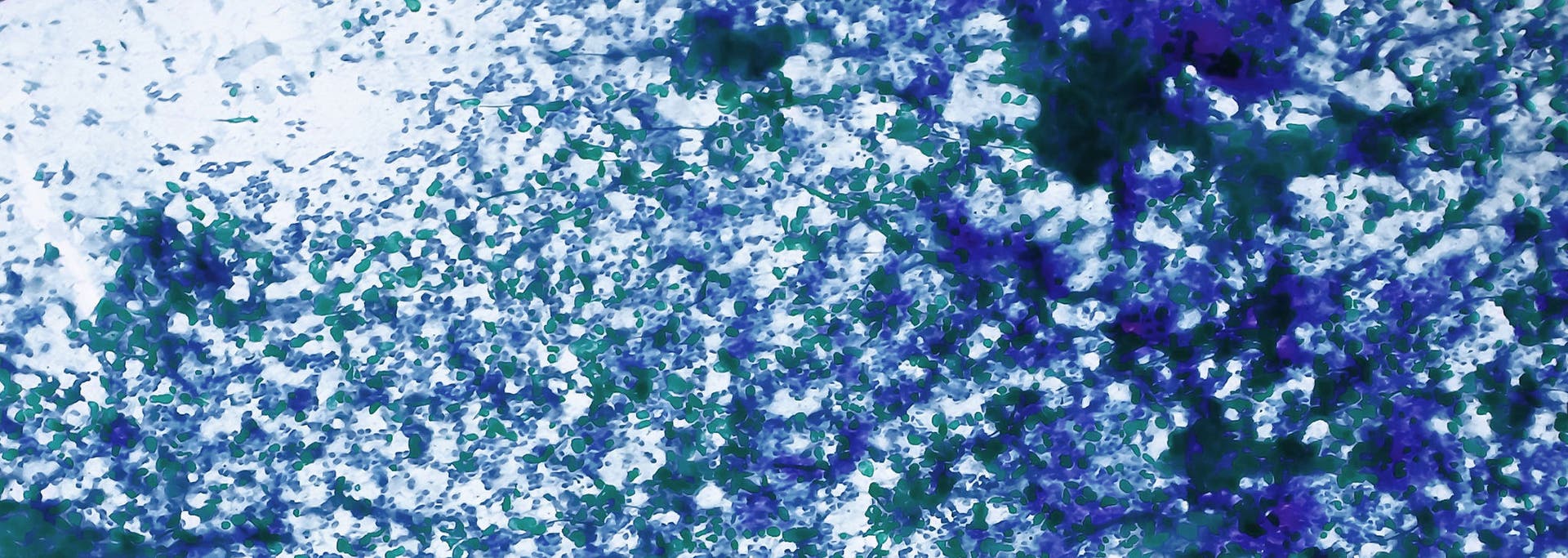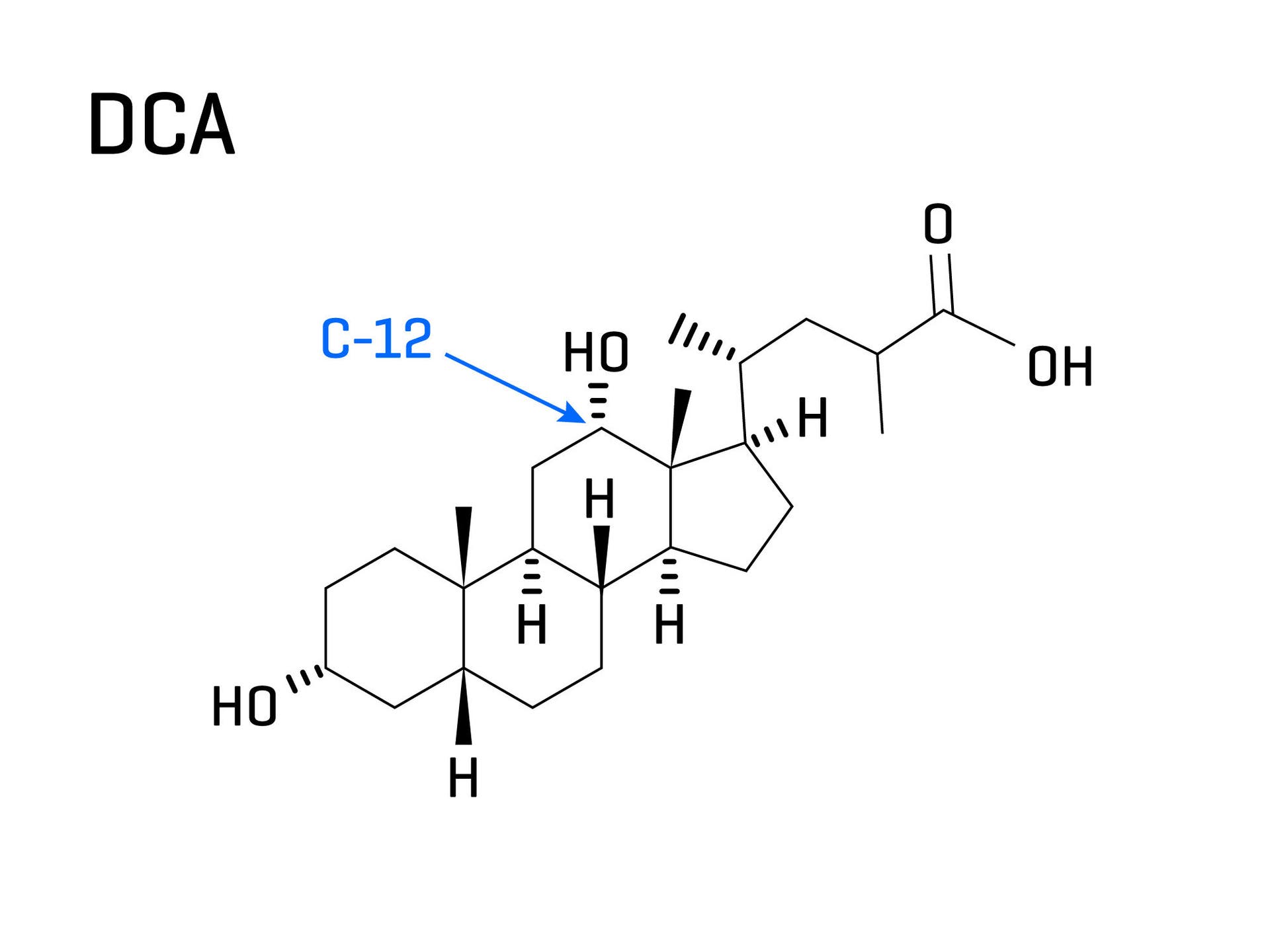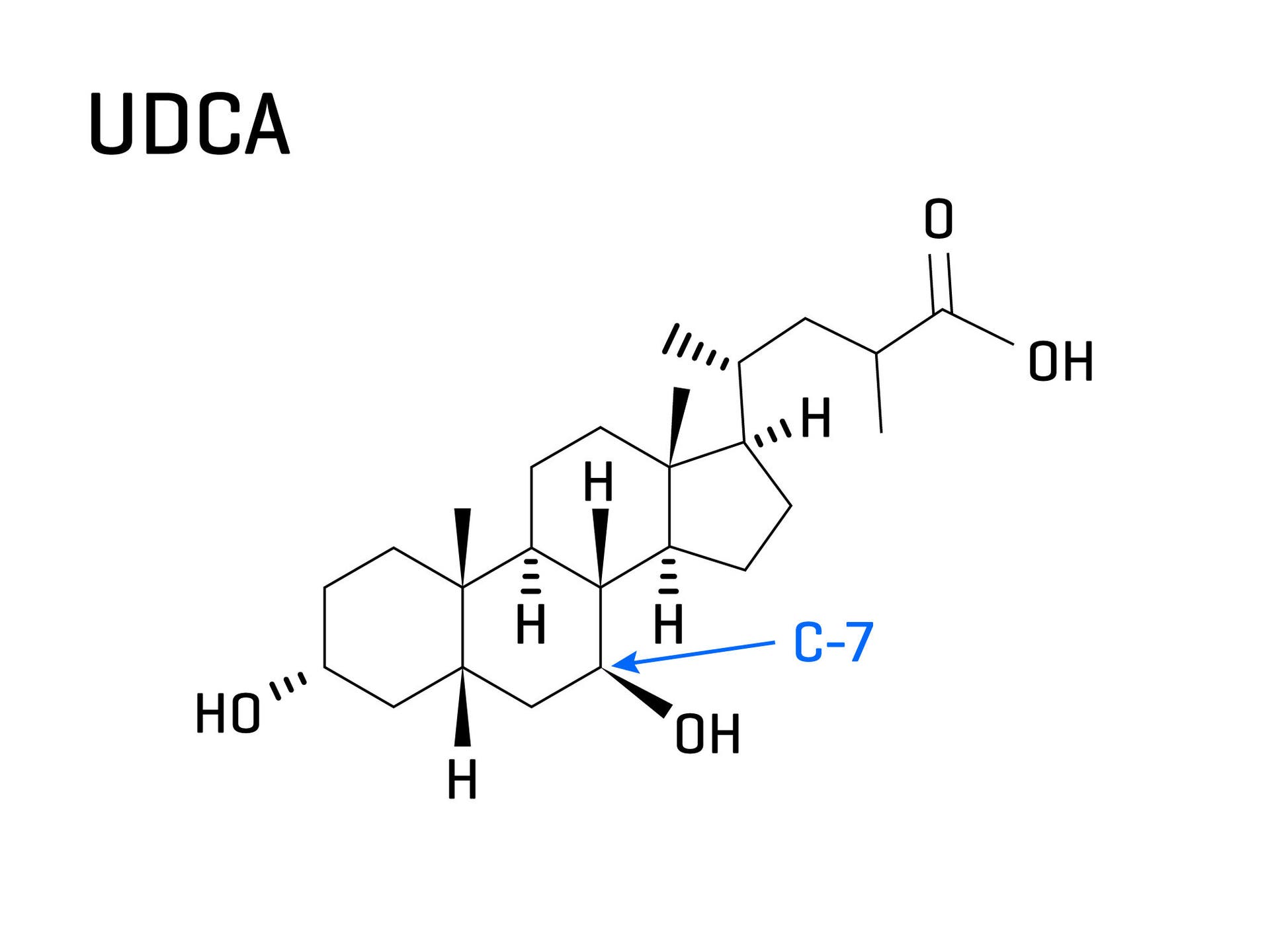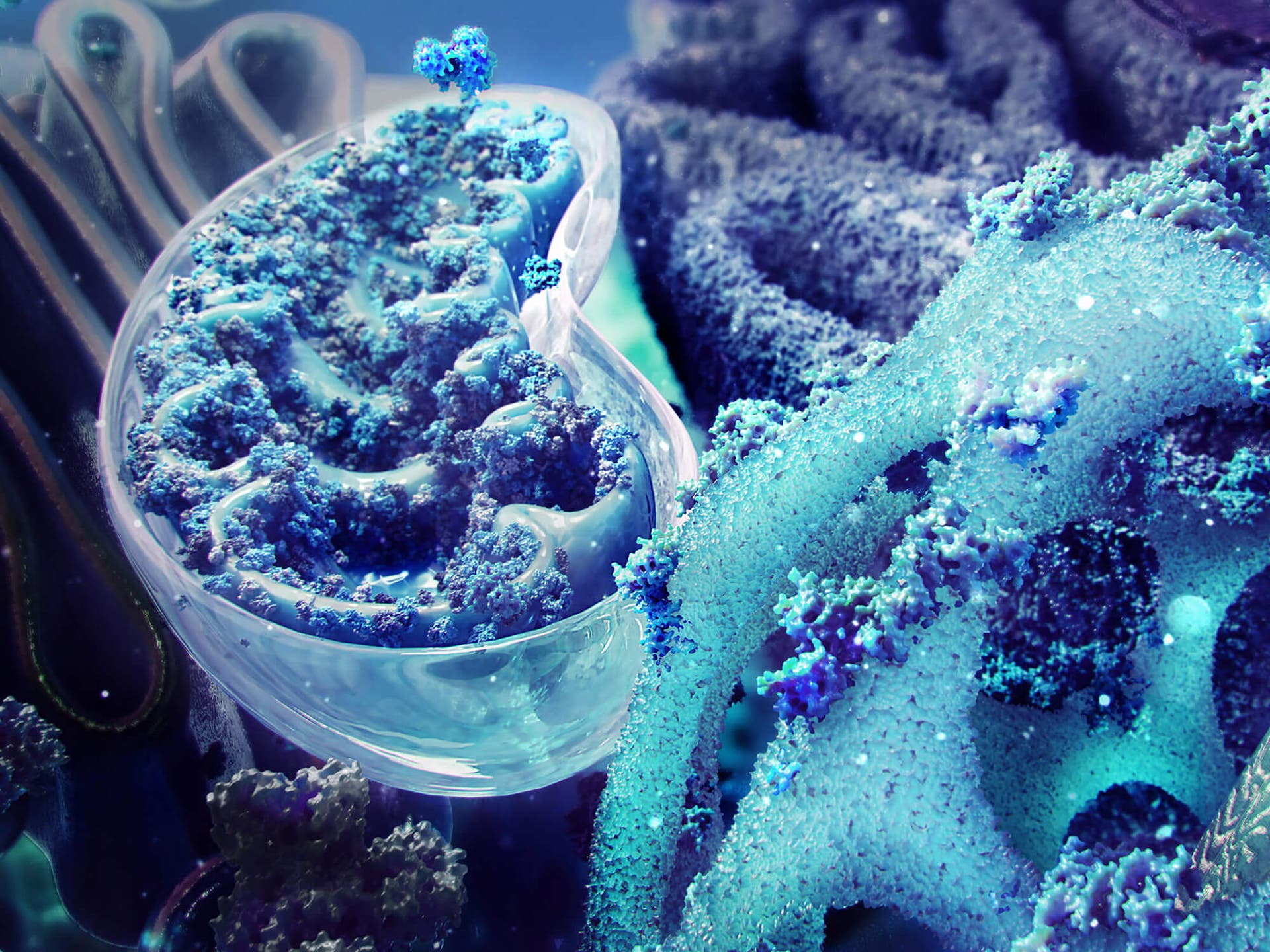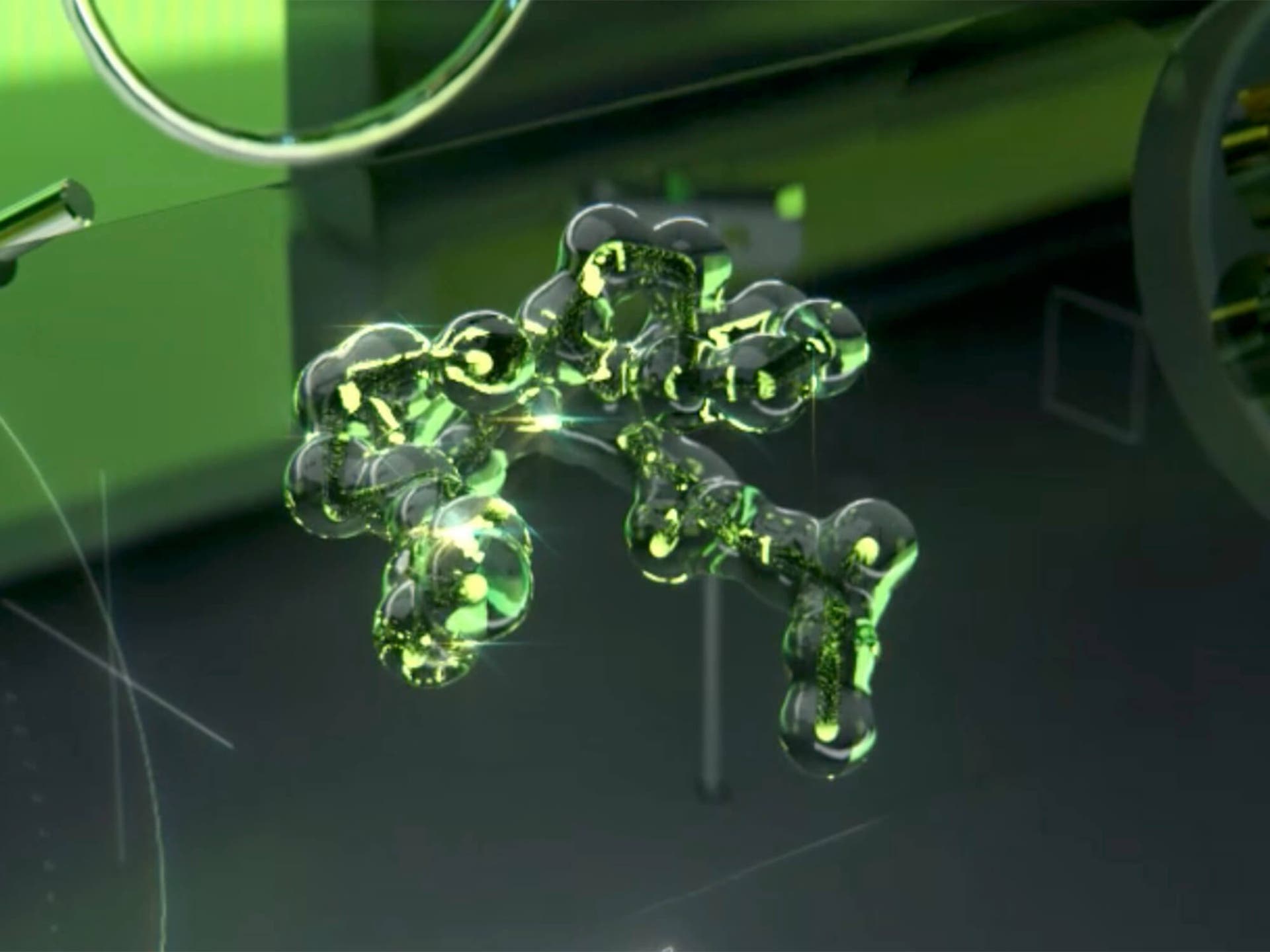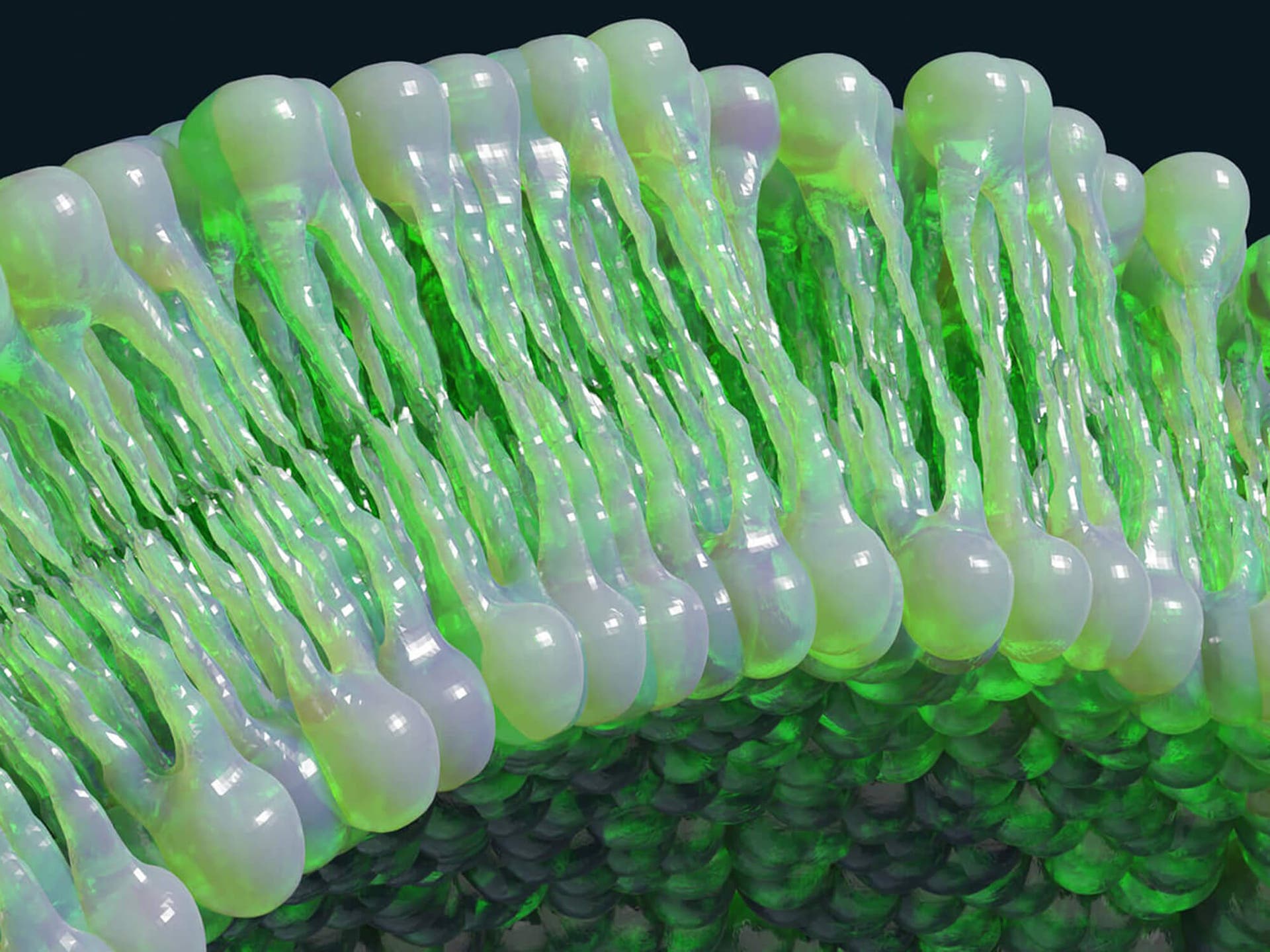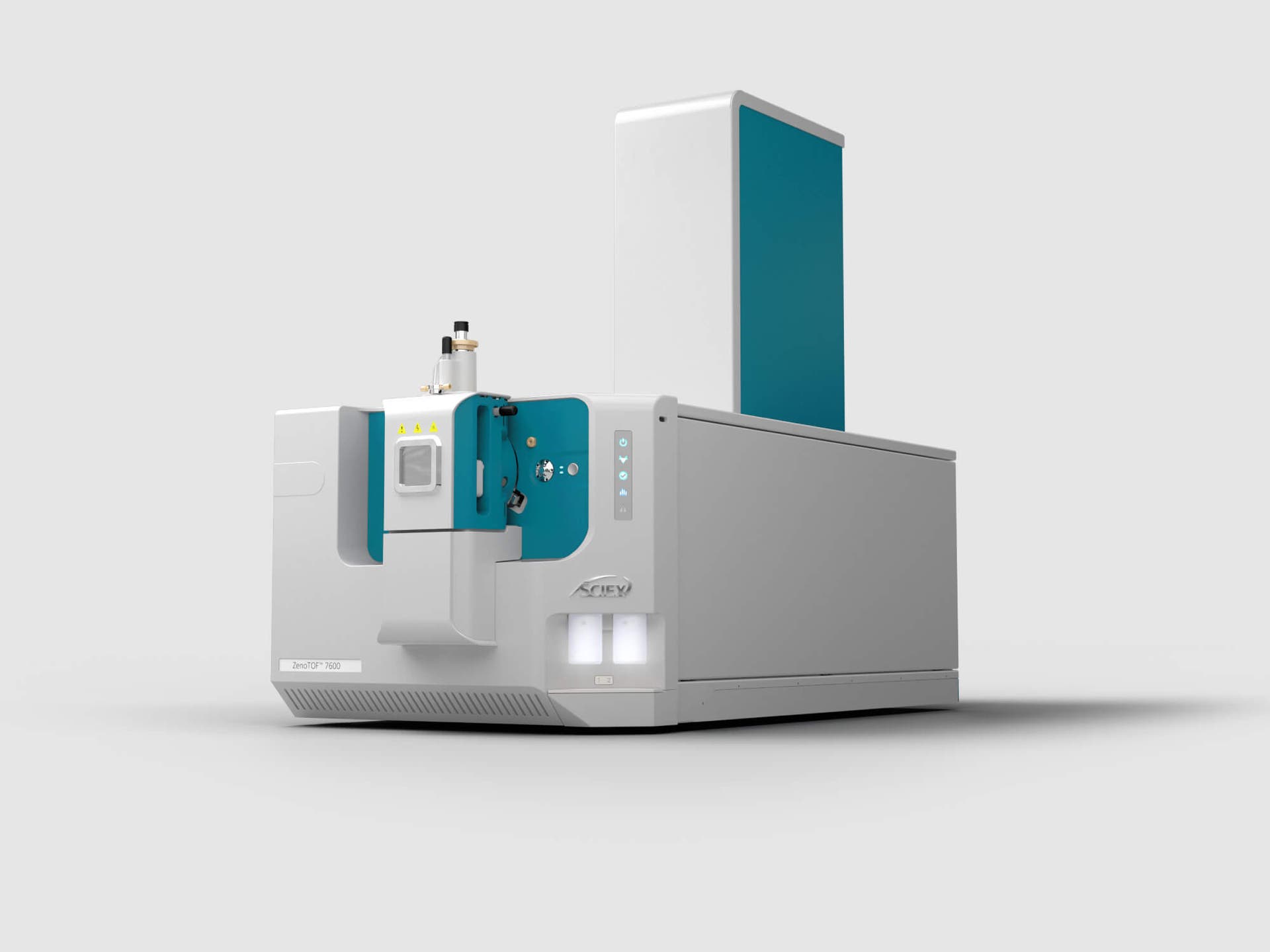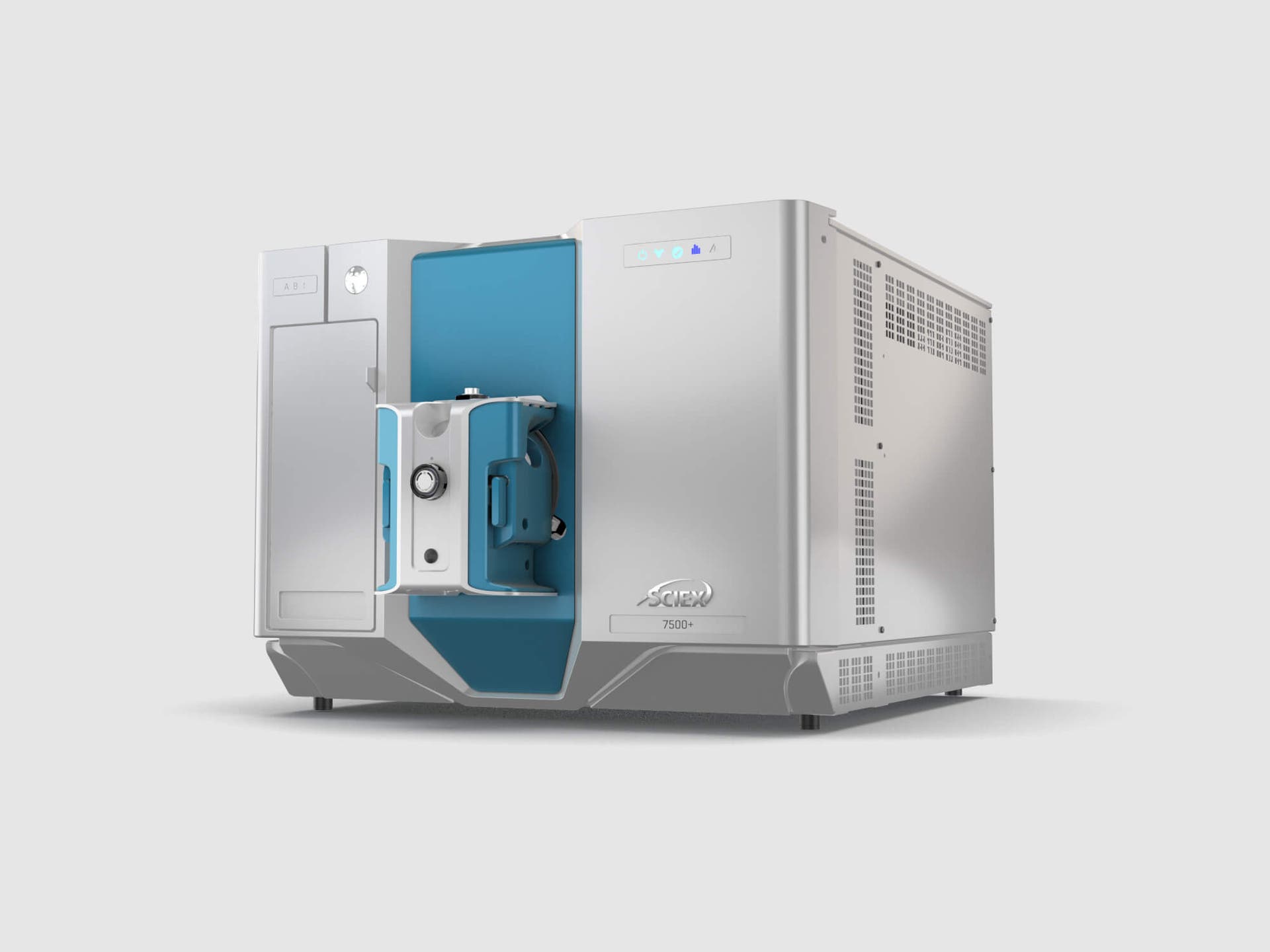Primary bile acids are cholesterol-derived molecules synthesized in the liver and collected and pre-concentrated in bile contained in the gall bladder. They share a common steroid nucleus with 4 interconnected rings. They have hydroxyl (–OH) groups attached at various positions on the steroid nucleus, which can vary in number and location, leading to different bile acids. They possess a carboxylic acid group attached to a side chain extending from the steroid nucleus.
In humans, 2 primary bile acids, cholic acid (CA) and chenodeoxycholic acid (CDCA), undergo intestinal bacterial-mediated bioconversion into chemically distinct secondary bile acids, deoxycholic acid (DCA) and lithocholic acid (LCA). Primary bile acids are often conjugated with the amino acids taurine or glycine (as taurocholic acid and glycocholic acid, for example) before being secreted into the bile. Gut microbiota can further metabolize primary bile acids to form many secondary bile acids.
While the biochemistry of these molecules is poorly understood, that is starting to change. The emerging importance of the microbiome in the gut-brain axis has driven considerable interest and effort into the study of these novel compounds.
